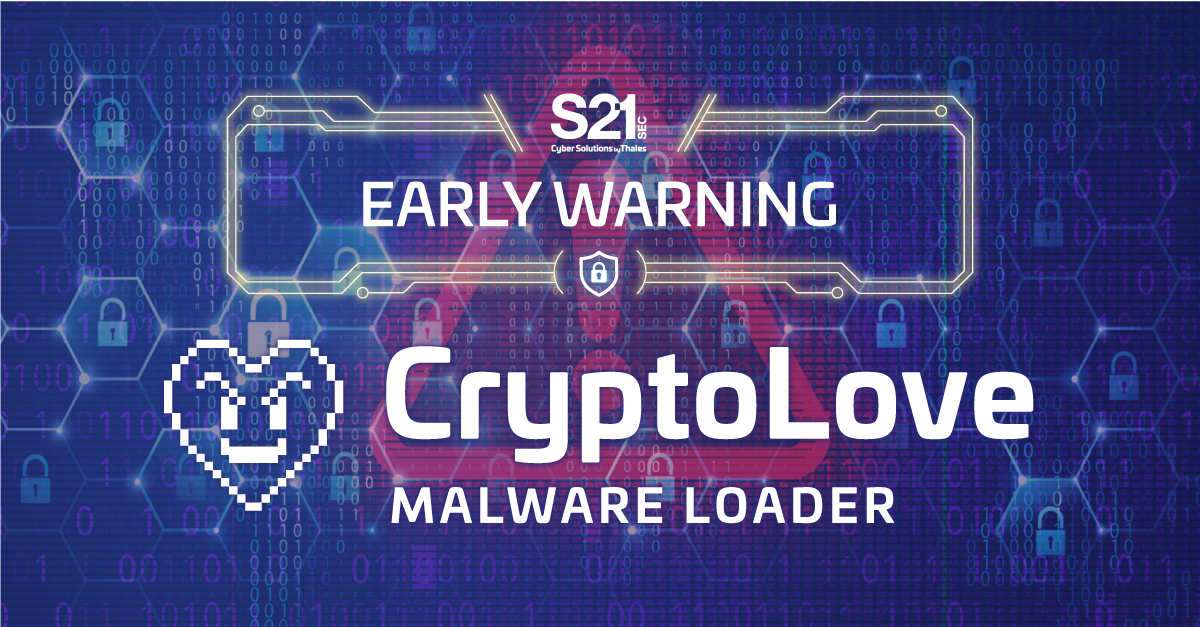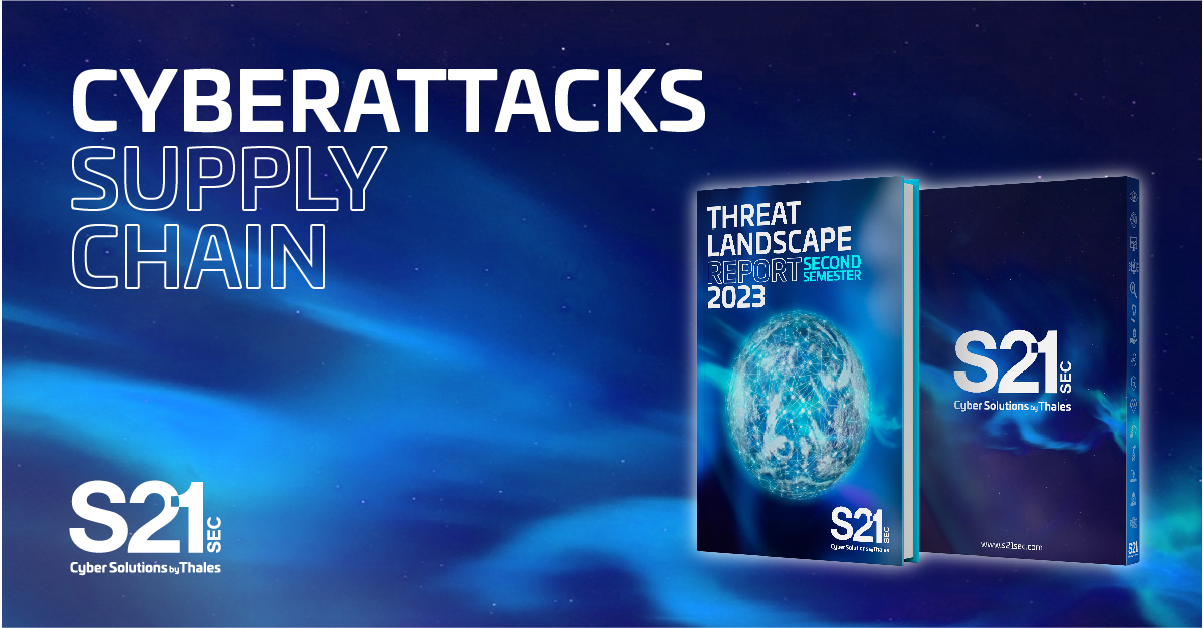The invisible threat: how can you protect yourself from the wave of cyber-attacks?
In order to build environments with a higher level of cybersecurity and protect ourselves from this invisible threat, it is necessary to invest in advanced security technologies that cover the entire surface of the company's exposure.
In an increasingly interconnected business ecosystem, where technology drives innovation and efficiency in organizations, cybersecurity plays an essential role in the face of a growing scenario of cyberattacks. It is increasingly common to witness waves of cyber-attacks affecting companies and institutions of great economic importance. This increase is mainly driven by the outbreak of conflicts, such as the Russia-Ukraine war and the Arab-Israeli conflict, which catalyze an increase in cyber activities and the emergence of hacker groups that exploit the situation to achieve their goals.
Cybercriminals use several techniques and tools to carry out criminal activities with the aim of exploiting existing vulnerabilities, using increasingly sophisticated methods thanks to the integration of new technologies into their modus operandi. These include ransomware, a type of malware that locks and encrypts information, demanding a ransom to return it; as well as phishing, and other social engineering methods, which are nothing more than methods of deception via email, SMS, WhatsApp, voice calls, among others, to obtain confidential information from users.
Although these malicious activities cover a wide range of cyberattack methods, they are all characterized by responding to a strategy perfectly orchestrated by criminal groups who have in-depth knowledge of their targets' vulnerabilities, which allows them to increase their likelihood of success in stealing personal and confidential information, such as bank details or digital credentials.
The consequences of suffering a cyber-attack are huge. It's not just the theft of sensitive information or the economic impact, but also the loss of confidence in the organization. For these reasons, cybersecurity is no longer optional, since compliance with it is subject to a legal obligation. Thus, failure to comply with security standards can even lead to the organization ceasing to operate, making it increasingly necessary to develop a containment wall to shield the infrastructure from external threats.
It should be noted that in 2023, cyberattacks increased by 40%, and that cyberattacks on the financial sector in particular increased by 53%, due to the high potential for quick profits in this sector thanks to its massive digitalization. At the same time, energy companies continue to be the target of attacks, due to their fundamental role in guaranteeing the continuity of essential services and the possible geopolitical repercussions between the energy networks of different countries.
This affects both large companies from different sectors and SMEs, which often lack adequate security measures due to the false belief that their size makes them less attractive to attackers. However, their security infrastructure makes them easier targets because, more often than not, they have low maturity at this level.
In order to build environments with a higher level of cybersecurity and protect ourselves from this invisible threat, it is necessary to invest in advanced security technologies that cover the company's entire exposure surface through real-time threat monitoring and services that automatically monitor and respond to attacks using artificial intelligence.
As well as investing in automation tools, employee training and awareness play a crucial role in the defense against cyberattacks. Employees must know the nature of the threats in order to identify and report suspicious activity. According to the Data Breach Investigations Report 2024, in 2023 the human factor was the decisive element in 68 per cent of security breaches. It is therefore important to bear in mind that internal threats are also a significant risk in protecting information, which reinforces the need for a comprehensive security strategy that includes both technology and ongoing employee training.



